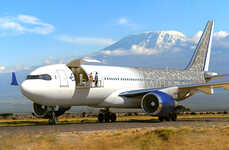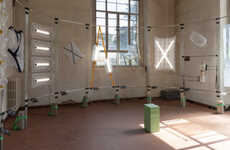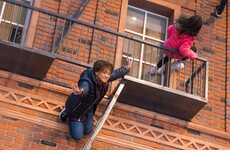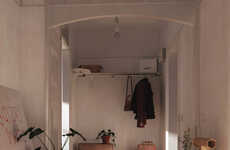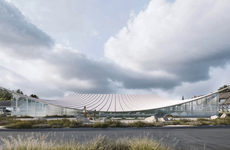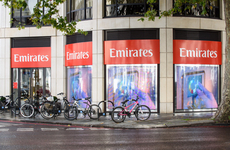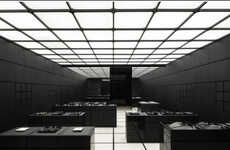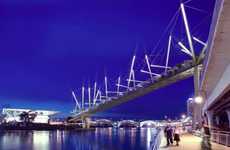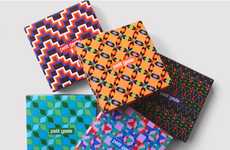
The SimmINN Flight Simulation Center in Stuttgart, Germany is Dynamic
Josh Triantafilou — March 23, 2012 — Art & Design
References: banozic & thecoolhunter.net
The SimmINN Flight Simulation Center in Stuttgart, Germany elegantly demonstrates how form can be incorporated breathlessly into function. The facility provides for a Boeing 737 flight simulation while including a full-size rendition of the same plane within its walls. This is achieved through an ingenious use of space and a subtle play on perception. Rather than simply plopping a giant model into an even larger building, the designers behind the SimmINN Flight Simulation Center, Boris Banozic, disperses the plane against the facility's interior surfaces.
The actual model forms only fraction of the Boeing 737 rendering. Much of the plane is actually painted onto walls that protrude in various directions. Looking from certain angles, this produces the illusion that the plane is a single image.
Essentially, Boris Banozic uses planes to depict a plane.
The actual model forms only fraction of the Boeing 737 rendering. Much of the plane is actually painted onto walls that protrude in various directions. Looking from certain angles, this produces the illusion that the plane is a single image.
Essentially, Boris Banozic uses planes to depict a plane.
Trend Themes
1. Mixed-reality Architecture - The use of augmented reality and projection mapping in architectural designs, like the SimmINN Flight Simulation Center, offers new opportunities for immersive experiences and 3D visualizations.
2. Illusionary Design - Utilizing optical illusions in design, such as painting a plane onto walls, creates unique and visually striking environments that challenge perception and captivate audiences.
3. Integrated Simulations - Integrating physical and virtual elements in simulations, like the combination of a full-size plane model and flight simulation technology at the SimmINN Flight Simulation Center, enhances realism and provides immersive training experiences.
Industry Implications
1. Architectural Design - Architects can explore the use of mixed-reality technologies, like augmented reality and projection mapping, to transform their designs into interactive and visually stunning experiences.
2. Event and Exhibition Planning - Event planners and exhibition organizers can utilize illusionary design techniques to create mesmerizing environments that leave a lasting impression on attendees.
3. Aviation and Aerospace Training - Using integrated simulation technologies, aviation and aerospace training institutions can create more realistic and immersive training programs to enhance pilot and crew training outcomes.
3.8
Score
Popularity
Activity
Freshness


